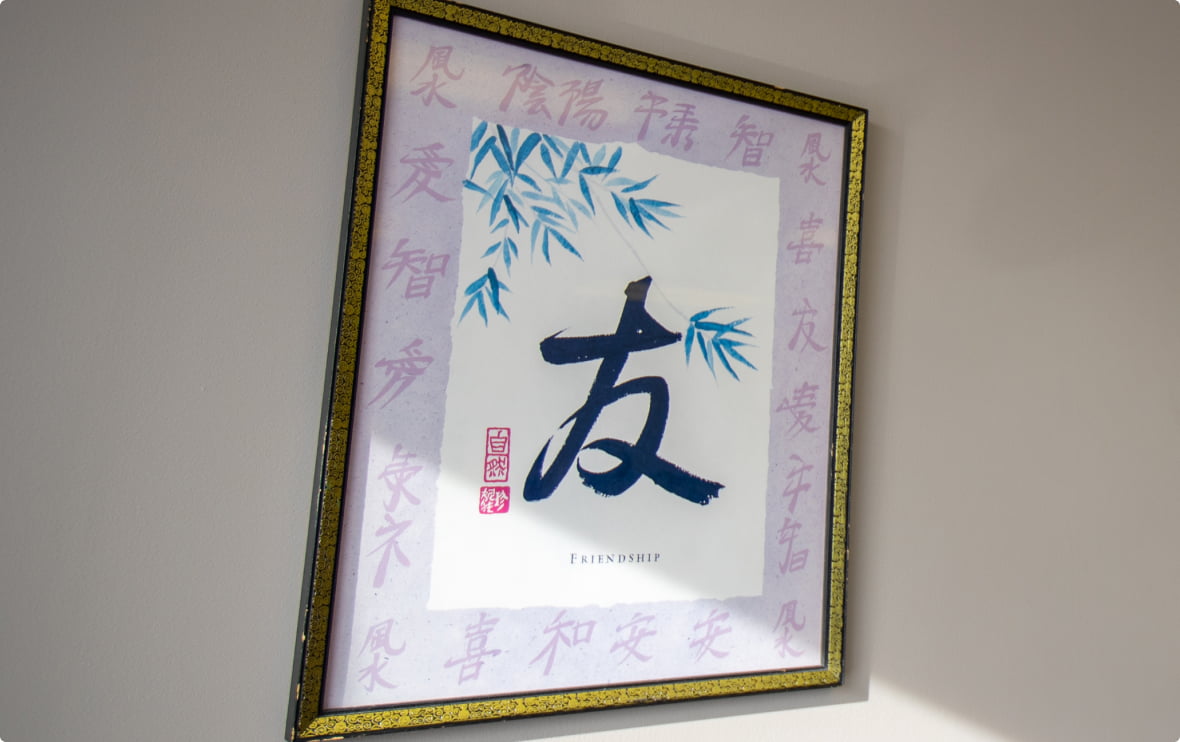Tai Chi. Why so Slow?
If you’ve ever watched people performing a Tai Chi set, you’ve probably wondered how such a slow and graceful activity can have so many healthful rewards. In North America many people believe that any healthful exercise must somehow include an element of ‘no pain, no gain’, otherwise there is no real benefit to the activity. In this case, you must remember that Tai Chi is a relatively new health interest in the West, but in the East, it has been practiced for centuries where its practitioners have perfected Tai Chi through trial and error weeding out unwanted hazards while at the same time enhancing the benefits mostly through anecdotal evidence and then passing this knowledge throughout the generations by word of mouth. In China, for example, Tai Chi is often heralded as the longevity exercise and is practised by millions of people in parks and other open spaces. Nevertheless, Tai Chi has gained a strong dedicated following in North American during the last 40 years or so, where its benefits are slowly being studied scientifically hence providing some supporting data for its antithesis to the ‘no pain, no gain’ premise, yet allowing one to be physically fit.

Perhaps Arthur Rosenfeld, a long-time practitioner, writer, and expert on Tai Chi said it best in his recent book, Tai Chi-The Perfect Exercise: Finding Health, Happiness, Balance and Strength. He stated that, “In this high-tech world that’s all about, speed, greed, and instant gratification, Tai Chi is the antidote to bring us back to balanced health. It doesn’t mean that you can win a marathon and jerk 750 pounds or win a cycle sprint. It’s not about getting there sooner. Tai Chi is about how the body works than how it looks and is about aging gracefully and with less drama.”
Moving slowly allows you as a Tai Chi practitioner to carefully examine your body as you move through the postures. You’ll begin to recognize where you tense up, lose balance or if your body position is out of alignment, any of which will increase undue reliance on muscular tension. But since you are moving slowly, adjustments can be made without too much fear of injury. In addition, moving slowly physically tends to calm the mind by centering it on the movement of the moment; extraneous thoughts, therefore, cannot easily intrude which lends credence to the notion that Tai Chi is a moving meditation.

